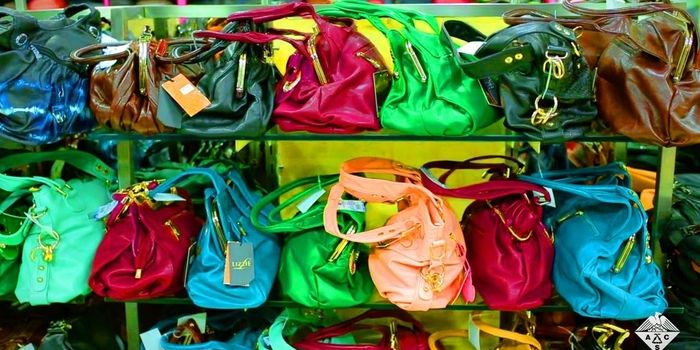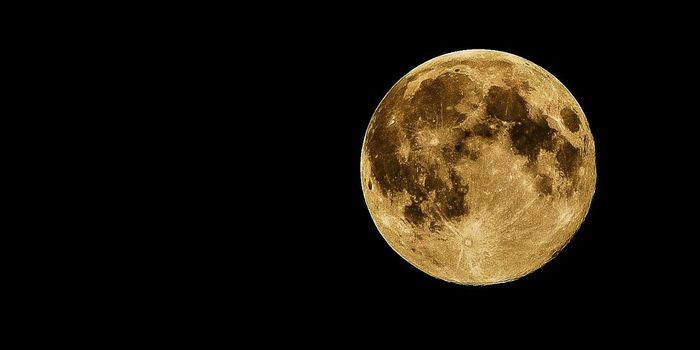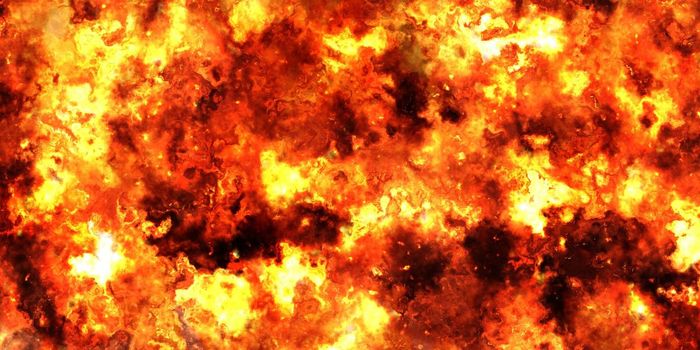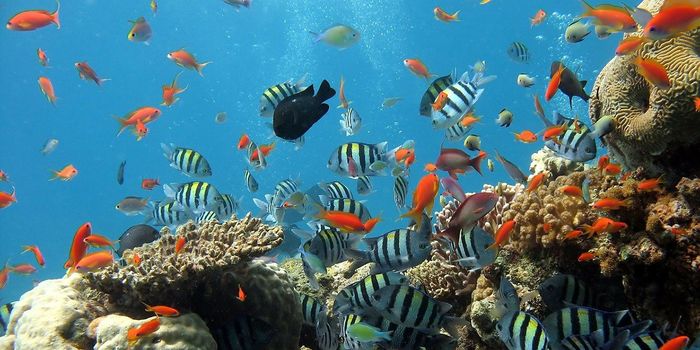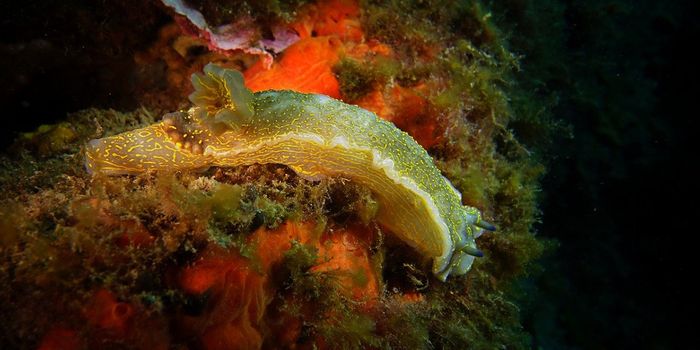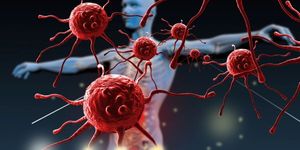In this video, Physics Girl Dianna Cowern sees a phenomenon in an experiment and just has to find out why it happens. A popular demonstration of density involving milk, dish soap and food coloring was producing tiny bowling ball like spheres on the surface and Dianna just had to know what they were. Despite studying at Harvard and MIT, there is always more to learn. It turns out these tiny blobs are "antibubbles." They got their name because of how different they are from regular bubbles
A bubble is typically a sphere of liquid, filled with a gas, floating around in another gas, usually air. What's shown in this video is an antibubble. It's different because it's a sphere composed of a gas, encasing a liquid and usually floating in or on the surface of another liquid. By using food coloring an anti-bubble is created in a beaker of soapy water. When adding the food coloring (and plain water) to the surface, the antibubble is formed. Eventually the air at the bottom of an antibubble rises to the surface, causing it to burst and release a tiny droplet of air which floats up. Again, opposite of a regular bubble where it's the liquid that bursts and sinks.

